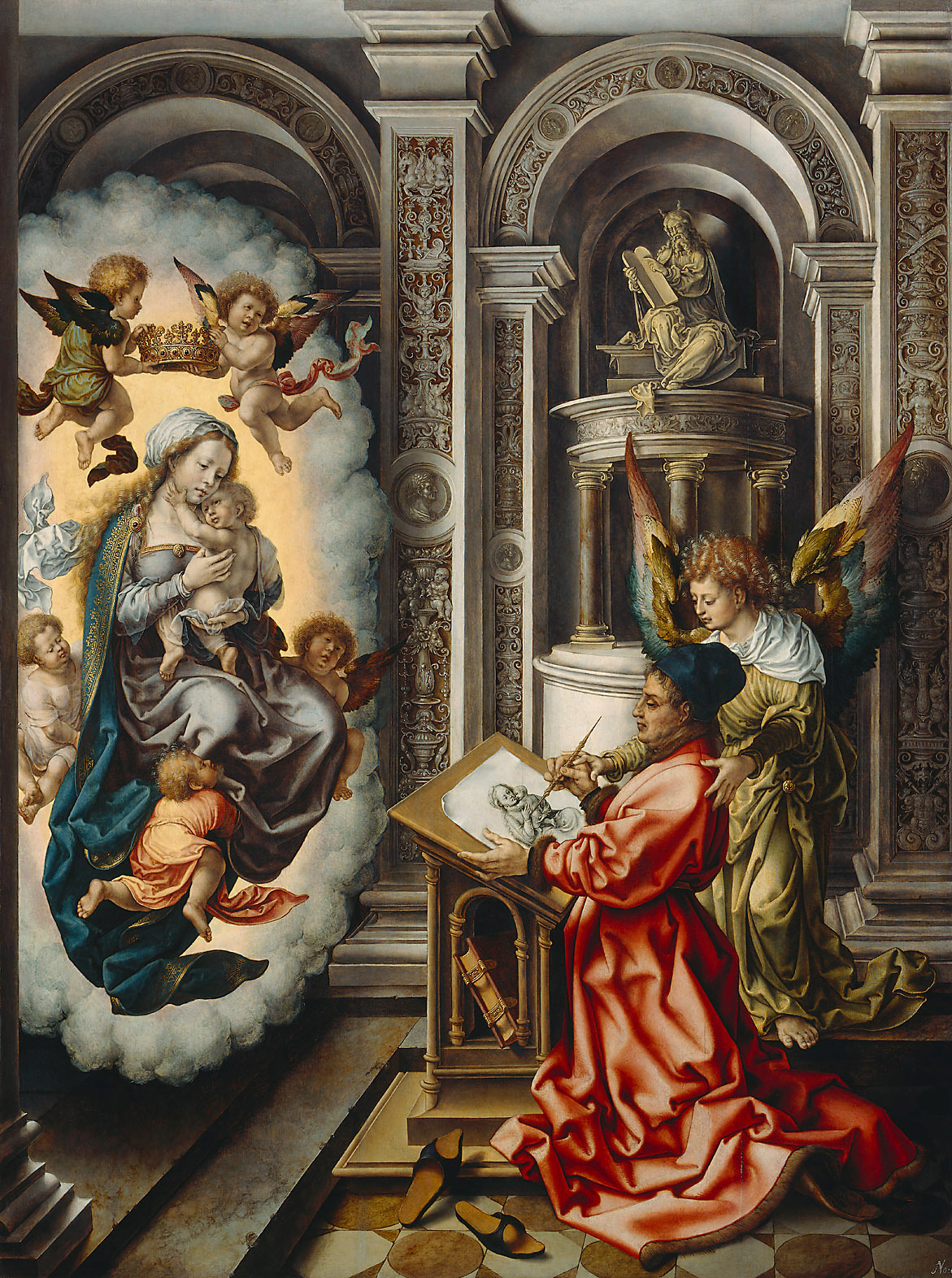|
Henry III Of Nassau-Breda
Count Henry III of Nassau-Dillenburg-Dietz (12 January 1483 – 14 September 1538), Lord (from 1530 Baron) of Breda, Lord of the Lek, of Dietz, etc. was a count of the House of Nassau. He was born in Siegen, the son of Count John V of Nassau-Dillenburg and Elisabeth of Hesse-Marburg. His younger brother was William I, Count of Nassau-Siegen (the father of William the Silent). Career In 1499 Henry's uncle, count Engelbert II, invited Henry to the Burgundian Netherlands as his heir. He travelled with Philip the Handsome to Castile in 1501-1503. Upon the death of his uncle in 1504 Henry inherited the Nassau possessions in the Netherlands, including the wealthy lordship of Breda in the duchy of Brabant. The next year he was chosen a knight of the Golden Fleece. He again travelled to Spain in 1505-1506. He became a close confidant of the young Charles V as well as his Chamberlain (1510), becoming his Upper Chamberlain upon the death of William of Croÿ-Chièvres in 1521. The g ... [...More Info...] [...Related Items...] OR: [Wikipedia] [Google] [Baidu] [Amazon] |
Jan Gossaert
Jan Gossaert ( – 1 October 1532) was a French-speaking painter from the Low Countries also known as Jan Mabuse (the name he adopted from his birthplace, Maubeuge) or Jennyn van Hennegouwe ( Hainaut), as he called himself when he matriculated in the Guild of Saint Luke, at Antwerp, in 1503. He was one of the first painters of Dutch and Flemish Renaissance painting to visit Italy and Rome, which he did in 1508–09, and a leader of the style known as Romanism, which brought elements of Italian Renaissance painting to the north, sometimes with a rather awkward effect. He achieved fame across at least northern Europe, and painted religious subjects, including large altarpieces, portraits and mythological subjects. From at least 1508 he was apparently continuously employed, or at least retained, by quasi-royal patrons, mostly members of the extended Habsburg family, heirs to the Valois Duchy of Burgundy. These were Philip of Burgundy, Adolf of Burgundy, Christian II of ... [...More Info...] [...Related Items...] OR: [Wikipedia] [Google] [Baidu] [Amazon] |
William I, Count Of Nassau-Siegen
William I of Nassau-SiegenIn many sources he is called William I of Nassau(-Dillenburg) and in some sources of Nassau-Katzenelnbogen. He was born with the titles Count of Nassau, Vianden and Diez. Two years before his death, he obtained the right to hold the title Count of Katzenelnbogen, which meant that since then he held the official titles Count of Nassau, Katzenelnbogen, Vianden and Diez. It is incorrect to refer to him as the only reigning Count of Nassau, because the County of Nassau was divided into Nassau-Beilstein, Nassau-Siegen, Nassau-Weilburg and Nassau-Wiesbaden. Furthermore, there was the cadet branch of Nassau-Saarbrücken, which ruled the counties of Saarbrücken and Saarwerden. William ruled the County of Nassau-Siegen, which is erroneously called Nassau-Dillenburg in many sources. See note 2. (; 10 April 1487 – 6 October 1559), nicknamed the Elder () or the Rich (), was Count of Nassau-SiegenThe County of Nassau-Siegen is erroneously called ... [...More Info...] [...Related Items...] OR: [Wikipedia] [Google] [Baidu] [Amazon] |
King Of The Romans
King of the Romans (; ) was the title used by the king of East Francia following his election by the princes from the reign of Henry II (1002–1024) onward. The title originally referred to any German king between his election and coronation as Holy Roman Emperor by the pope. The title was also used to designate the successor to the throne elected during the lifetime of a sitting Emperor. From the 16th century onwards, as German kings adopted the title of Emperor-elect and ceased to be crowned by the pope, the title continued to be used solely for an elected successor to the throne during his predecessor's lifetime. The actual title varied over time. During the Ottonian period, it was King of the Franks (German: ''König der Franken'', Latin: ''Rex Francorum''), from the late Salian period it was King of the Romans (German: ''König der Römer'', Lat.: ''Rex Romanorum''). In the Modern Period, the title King in Germania (German: ''König in Germanien'', Lat.: ''Germaniae R ... [...More Info...] [...Related Items...] OR: [Wikipedia] [Google] [Baidu] [Amazon] |
Grand Huntsman Of Brabant
Grand Veneur de Brabant or Grand Huntsman of Brabant was a feudal function at the court of the Duchy of Brabant. History Like other functions at the court, this was an exclusive position for certain noble houses. In the 16th, 17th and 18th centuries the function was inherited by the Lords of Rubempré The Lords of Rubempré were feudal lords, and the ancestors of the current Princes of Rubempré, belonging to the Belgian Nobility. Rubempré is currently in Somme __NOTOC__ Somme or The Somme may refer to: Places *Somme (department), a depart ..., and passed to the Merode family. Similar functions have been the Panetarius and Grand Falconer of Brabant, Grand Forester of Brabant and High Forester of Flanders.Recherches historiques de la maison de chasse des Ducs de Brabant et de l'ancienne cour de Bruxelles; précédées d'un aperçu sur l'ancien droit de chasse en Brabant/Kiessling, 1854 List References See also * Broodmeester of Flanders {{hunting-stub Histor ... [...More Info...] [...Related Items...] OR: [Wikipedia] [Google] [Baidu] [Amazon] |


